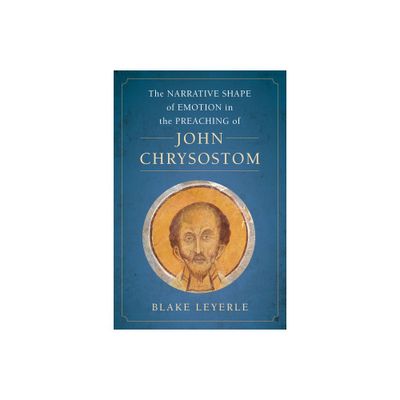Home
Violence and Belief in Late Antiquity: Militant Devotion in Christianity and Islam
Loading Inventory...
Barnes and Noble
Violence and Belief in Late Antiquity: Militant Devotion in Christianity and Islam
Current price: $39.95


Barnes and Noble
Violence and Belief in Late Antiquity: Militant Devotion in Christianity and Islam
Current price: $39.95
Loading Inventory...
Size: OS
*Product Information may vary - to confirm product availability, pricing, and additional information please contact Barnes and Noble
In
Violence and Belief in Late Antiquity
, Thomas Sizgorich seeks to understand why and how violent expressions of religious devotion became central to the self-understandings of both Christian and Muslim communities between the fourth and ninth centuries. Sizgorich argues that the cultivation of violent martyrdom as a path to holiness was in no way particular to Islam; rather, it emerged from a matrix put into place by the Christians of late antiquity. Paying close attention to the role of memory and narrative in the formation of individual and communal selves, Sizgorich identifies a common pool of late ancient narrative forms upon which both Christian and Muslim communities drew.
In the process of recollecting the past, Sizgorich explains, Christian and Muslim communities alike elaborated iterations of Christianity or Islam that demanded of each believer a willingness to endure or inflict violence on God's behalf and thereby created militant local pieties that claimed to represent the one "real" Christianity or the only "pure" form of Islam. These militant communities used a shared system of signs, symbols, and stories, stories in which the faithful manifested their purity in conflict with the imperial powers of the world.
Violence and Belief in Late Antiquity
, Thomas Sizgorich seeks to understand why and how violent expressions of religious devotion became central to the self-understandings of both Christian and Muslim communities between the fourth and ninth centuries. Sizgorich argues that the cultivation of violent martyrdom as a path to holiness was in no way particular to Islam; rather, it emerged from a matrix put into place by the Christians of late antiquity. Paying close attention to the role of memory and narrative in the formation of individual and communal selves, Sizgorich identifies a common pool of late ancient narrative forms upon which both Christian and Muslim communities drew.
In the process of recollecting the past, Sizgorich explains, Christian and Muslim communities alike elaborated iterations of Christianity or Islam that demanded of each believer a willingness to endure or inflict violence on God's behalf and thereby created militant local pieties that claimed to represent the one "real" Christianity or the only "pure" form of Islam. These militant communities used a shared system of signs, symbols, and stories, stories in which the faithful manifested their purity in conflict with the imperial powers of the world.


















